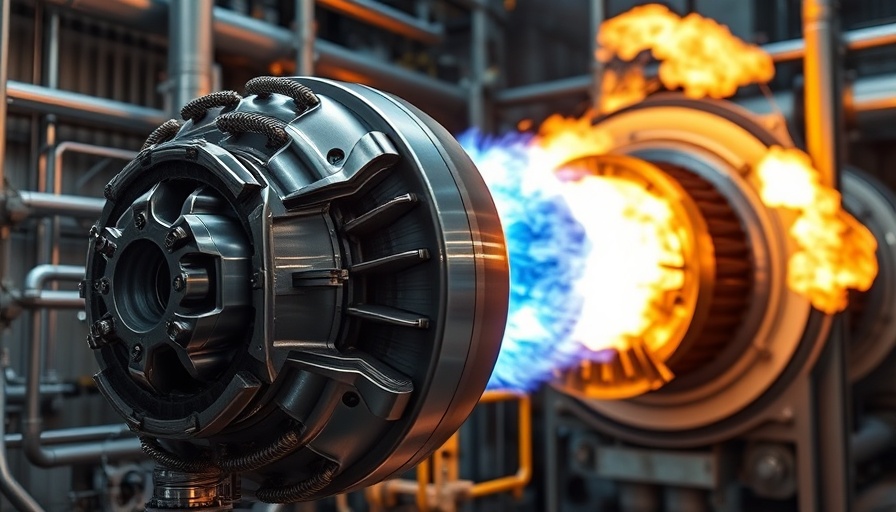
The Aerospike Revolution: A New Dawn for Space Propulsion
In the ever-evolving world of aerospace engineering, the aerospike rocket engine is gaining attention for its potential to revolutionize space travel. This unique design, first conceived during the space race of the 1960s, promises enhanced efficiency and performance across varying altitudes. However, despite these advantages, traditional designs have faced numerous challenges that have kept them from mainstream adoption. Enter Pangea Aerospace, a Spanish startup that is determined to change the status quo.
Pangea Aerospace: A Visionary Startup with Backing from Industry Veterans
Founded in 2018, Pangea Aerospace has quietly navigated the complex waters of aerospace engineering, gearing up for significant advancements. Recently, the startup announced a major milestone: a €23 million Series A funding round, which is expected to accelerate the development of their groundbreaking 3D-printed aerospike rocket engines. Among its investors is André-Hubert Roussel, the former CEO of ArianeGroup, lending credibility and expertise to Pangea’s ambitious projects.
Great Expectations: The Promise of the 3D-Printed ARCOS Engine
The highlight of Pangea's current endeavors is the ARCOS engine, which aims to be the world’s first flight-ready aerospike engine. Unlike conventional rocket engines, the arc-shaped design of aerospike engines is intended to optimize airflow and fuel efficiency, promising a 30% increase in efficiency compared to traditional bell engines. With the ability to be reused up to 10 times, ARCOS not only addresses the cost concerns of space missions but also paves the way for more sustainable tech in the rapidly growing space industry.
Innovative Manufacturing Techniques and Their Impact on Cost
Pangea's commitment to innovation is evident in their approach to manufacturing. The use of 3D printing technology allows the company to construct complex parts with a proprietary copper-alloy material that can withstand high temperatures and pressures. This process simplifies production and reduces costs, enabling Pangea to potentially undercut traditional manufacturing methods significantly. As Pangea’s co-founder, Xavier Llairó, remarked, their advancements in cooling techniques and materials science are set to make previously unachievable designs a reality.
The New Space Boom: What Does It Mean for the Future?
The space industry is witnessing a renaissance, driven by private initiatives and technological advancements. Pangea is positioned at the forefront of this new wave, aiming not just to develop technology for space exploration but to make spaceflight more accessible and sustainable. By leveraging advanced manufacturing techniques like 3D printing, they are set to contribute to lowering the barriers that have historically limited access to space.
Conclusion: A Call to Engage with the Future of Aerospace
Pangea Aerospace's journey exemplifies the potential for innovation in engineering and manufacturing within the aerospace sector. With significant backing and groundbreaking technology, they are not just creating engines; they are fostering a new era of space travel. Executives and companies involved in digital transformation should take note of Pangea's strides, as such advancements can serve as a model for other industries looking to innovate and transform.
 Add Row
Add Row  Add
Add 




Write A Comment